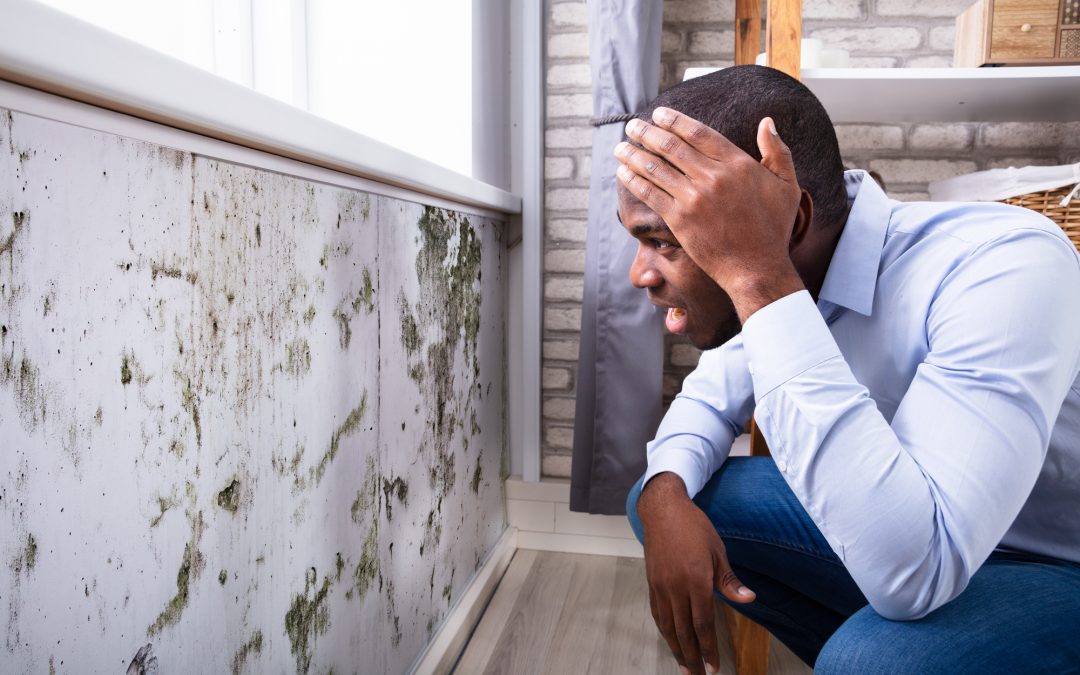Specialist Tips for Article Mold And Mildew Removal Success
In the realm of mold remediation, effectively eradicating mold and mildew is only half the battle; the true challenge lies in stopping its reappearance. By sticking to professional tips and finest methods, people can guard their rooms versus mold and mildew renewal and preserve a healthy and balanced indoor environment.
Monitor Moisture Degrees Frequently
After completing mold remediation treatments, preserving optimum moisture levels is essential to stop mold re-growth and make sure a healthy and balanced interior environment. High humidity degrees over 60% develop a helpful atmosphere for mold and mildew to prosper, making regular monitoring a positive step to prevent any future mold problems.
Utilizing hygrometers or dampness meters can aid in accurately measuring humidity degrees in various locations of the residential or commercial property. These tools give real-time data that makes it possible for remediation experts to make enlightened choices concerning air flow, dehumidification, and other necessary actions to keep optimal humidity degrees post-remediation. Furthermore, establishing a regular timetable for moisture checks, specifically in high-risk locations such as cellars, bathrooms, and kitchen areas, is an aggressive approach to mold and mildew avoidance. By continually keeping an eye on moisture degrees, homeowner can properly reduce the threat of mold and mildew reoccurrence and maintain a healthy and balanced indoor setting post-remediation.
Conduct Thorough Inspections Post-Remediation
Following the completion of mold and mildew remediation procedures, it is critical to conduct extensive examinations to confirm the efficiency of the remediation process. These post-remediation evaluations are critical in making certain that the mold and mildew concern has actually been effectively dealt with and that there is no reoccurrence or continuing to be mold and mildew growth. Examinations must be executed by qualified experts who have experience in recognizing mold and analyzing interior air high quality.
During these assessments, various methods such as visual evaluations, air tasting, and surface area tasting might be utilized to completely assess the remediated areas. Visual evaluations include a thorough examination of the facilities to look for any visible signs of mold development or water damage. Air tasting helps in identifying the air-borne mold and mildew spore levels, while surface sampling can detect mold and mildew bits on surface areas.
Implement Appropriate Ventilation Approaches
After guaranteeing the efficiency of the mold remediation procedure through extensive evaluations, the next vital step is to concentrate on executing proper air flow techniques. Sufficient ventilation is important in avoiding mold and mildew reoccurrence by managing dampness levels and promoting air circulation.
Correct air flow not only aids in protecting against mold growth yet also contributes to the general wellness and comfort of owners. By ensuring adequate air flow throughout the residential or commercial property, you can decrease the threat of mold regrowth and produce a healthier living atmosphere. Routine maintenance of ventilation systems, including cleaning and filter substitutes, is vital to maintaining efficient air flow. Consulting with heating and cooling professionals can give further insights right into enhancing ventilation methods for your certain residential or commercial property requirements.

Usage Mold-Resistant Materials for Repairs
To improve the long-lasting effectiveness of mold removal efforts, incorporating mold-resistant products for repairs is essential in minimizing the danger of future mold and mildew development. Mold-resistant materials are made to endure dampness and hinder mold development, making them an essential selection for areas susceptible to dampness and moisture. When repairing locations influenced by mold, making use of materials such as mold-resistant drywall, mold-resistant paints, and mold-resistant caulking can assist protect against mold recurrence.
Mold-resistant drywall is a superb option to standard drywall in areas like cellars and washrooms where wetness levels are higher. This sort of drywall has an unique finish that stands up to mold growth also when subjected to damp conditions. Additionally, making use of mold-resistant paints having antimicrobial agents can even more inhibit mold and mildew advancement on ceilings and walls.
In areas where moisture prevails, such as cooking areas and washrooms, utilizing mold-resistant caulking around sinks, windows, and bathtubs can aid secure out water and prevent mold and mildew from holding in fractures and holes. By important link buying these mold-resistant materials throughout repair services post-remediation, you can substantially minimize the likelihood of future mold and mildew issues and preserve a much healthier interior atmosphere.
Maintain Cleanliness and Address Water Issues
After mold and mildew remediation, it is crucial to preserve a tidy atmosphere to avoid the regrowth of mold and mildew. Leakages, water intrusion, or high humidity levels can develop the excellent reproduction ground for mold and mildew, so it is imperative to fix any type of water-related issues instantly.
To keep sanitation, consider utilizing HEPA filters visit their website in vacuum cleaners and air cleansers to trap mold and mildew spores and stop their blood circulation in the air. Additionally, ensuring proper ventilation in areas susceptible to moisture buildup, such as shower rooms and kitchen areas, can help keep humidity levels in check. By staying watchful about cleanliness and resolving water concerns promptly, you can efficiently protect against mold reinfestation and keep a healthy and balanced indoor atmosphere.
Verdict

In the world of mold and mildew remediation, successfully eradicating mold and mildew is just half the fight; the real challenge lies in preventing its reappearance. After finishing mold removal treatments, maintaining optimum humidity levels is vital to prevent mold and mildew re-growth and make sure a healthy indoor environment. High moisture degrees above 60% produce a favorable setting for mold and mildew to prosper, making routine keeping an eye on a proactive measure to stop any type of future mold and mildew problems.
To improve the lasting performance of mold and mildew removal efforts, integrating mold-resistant products for repair work is critical in reducing the risk of future mold development. After mold removal, it is crucial to preserve a clean environment to stop the regrowth of mold Read Full Article and mildew.
Comments on “After Mold Remediation Techniques for Clean Rooms”